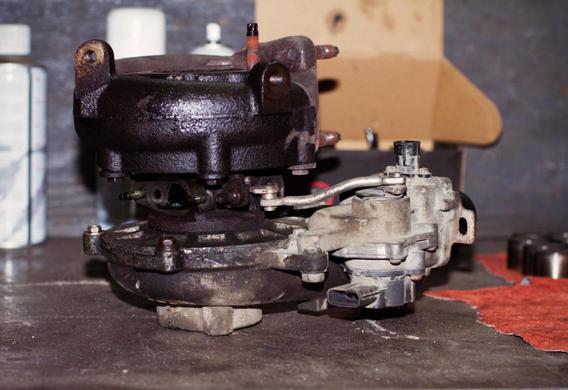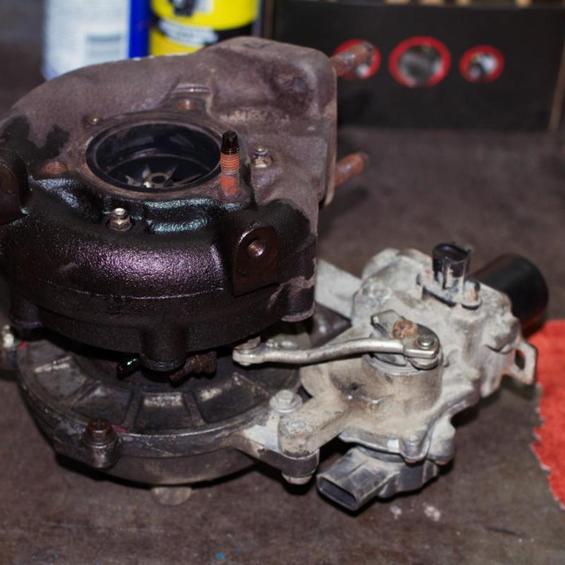
The supercharged turbine system with retina geometry is designed as an option to fight turbo or turbo. Turboyama or turboolag is an important and constructive barrier that deprives the turbocharged engines of the ability to increase the yield of power at all speeds-starting with the lowest.
What is a turboyama and what it is harmful
The exhaust gas may unwind the retina of the turbine to a speed of 150 000-210 000 rpm. If the geometrical features of the turbine design are not taken into account, then it is possible to deduct the simple relationship: the more waste gases fall into the turbine, the higher the speed of rotation and the more fresh air it creates. This is where the classic turbine is waiting for trouble. The thing is, we expect the speeder to accelerate at any moment. Imagine that the car is moving at a low speed, and the engine operates in the lower speed range. In this economical mode, the engine produces a small amount of exhaust gas and, therefore, the speed of rotation of the turbine is low. The driver decides to overtake the bus, depresses the accelerator pedal, and ... nothing happens. There is no expected acceleration. The reason is the innate delay of the turbine, called the Turboyum people: immediately after the driver's team the speed of rotation of the turbine is low and the engine increases injection first, then the fuel burns and only then comes to the turbine in the form of waste gases. Gradually the speed of the turbine increases, it accelerates more air and the long-awaited acceleration is possible to overtake, but here the other car and the maneuver has to be postponed. Unpleasant. The decision came in the form of a turbine with variable geometry. Its difference from classical construction is the presence of special guides on the canal through which the exhaust gases are installed on the retina. The principle of work is very simple.
The design of the classic turbocharger can be introduced in the form of two wings connected together with one axle. These are covered in separate hermetically separated cells. On one of the wings is the exhaust gas of the running engine and force it to rotate. This rotation shall be transmitted through a joint axis on the second wing, connected to the inlet of the atmospheric air. The covered fresh air shall be directed to the combustion engine cylinders. The turbine increases the power of the Engine in that the power of the diesel engine is increased by the supply of more fuel. But in this case, we will face the problem very quickly: by increasing the amount of fuel once again, we will determine that it does not burn-there is not enough oxygen to burn it. Remember the school lessons that we were told that burning was a chemical reaction? It's true. Oxidation is done by oxygen and, if not, we will not be able to burn (oxidite) all the fuel. In this case, the capacity limit is reached. The engineers developed the turbocharger that injected additional air into the combustion chamber. There's extra air, so we can increase the injection fuel and increase the engine power.
How a turbine with adjustable geometry works
Changing the cross-section between the guide-rails changes the speed of the exhaust gas. The working principle of the variable geometry turbocharger consists of changing the section at the entrance of the wheel of the turbine in order to optimize the power of the turbine for the given load. At low engine speeds and the flow of exhaust gases, it is small and it does not lead the turbine enough for a sharp acceleration. At this point, the guide blade moves and reduces the distance between the guide blade. Although the volume of exhaust gases has not increased, it now has to "squeeze" through a narrow corridor, which makes the waste gases move faster. As a result, turbo revolutions increase and boost the boost pressure. Thus, it is possible to increase the speed of rotation of the turbine without drastically increasing the volume of waste gases.










